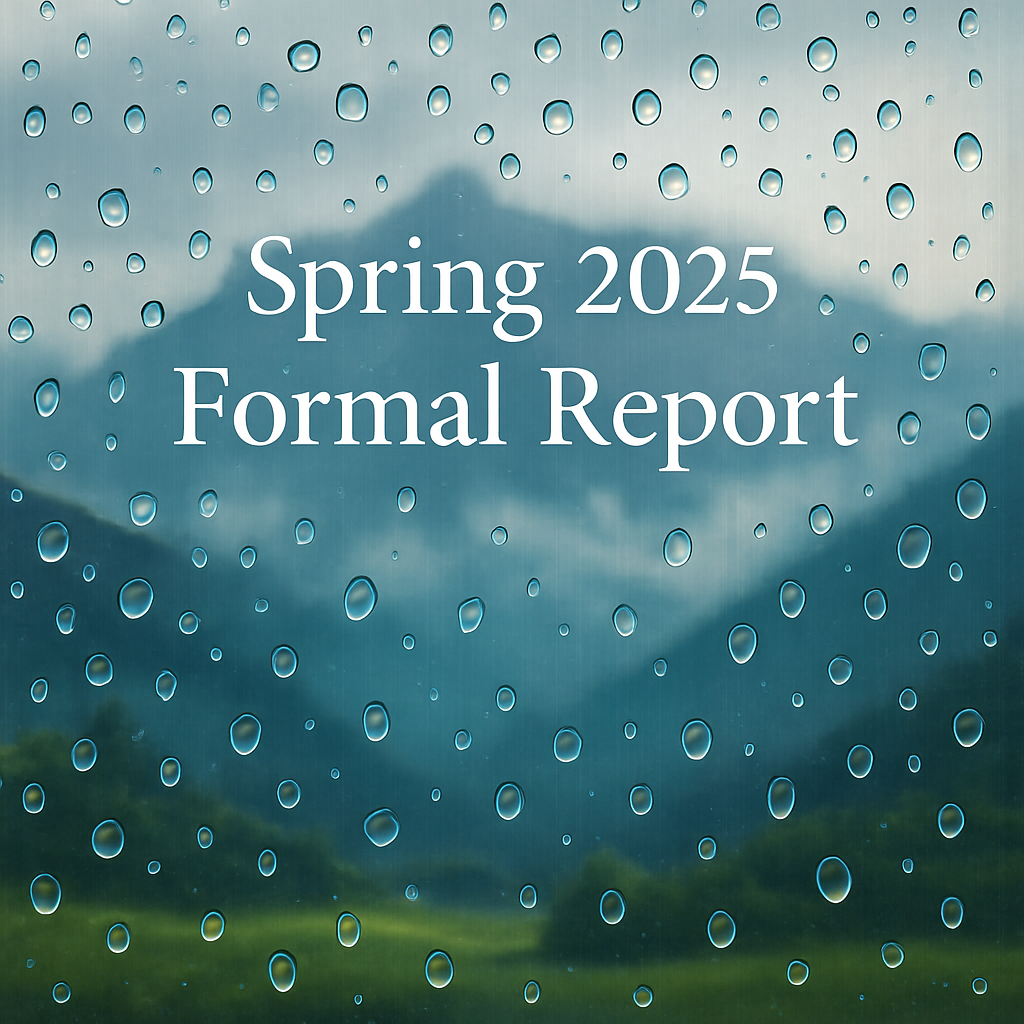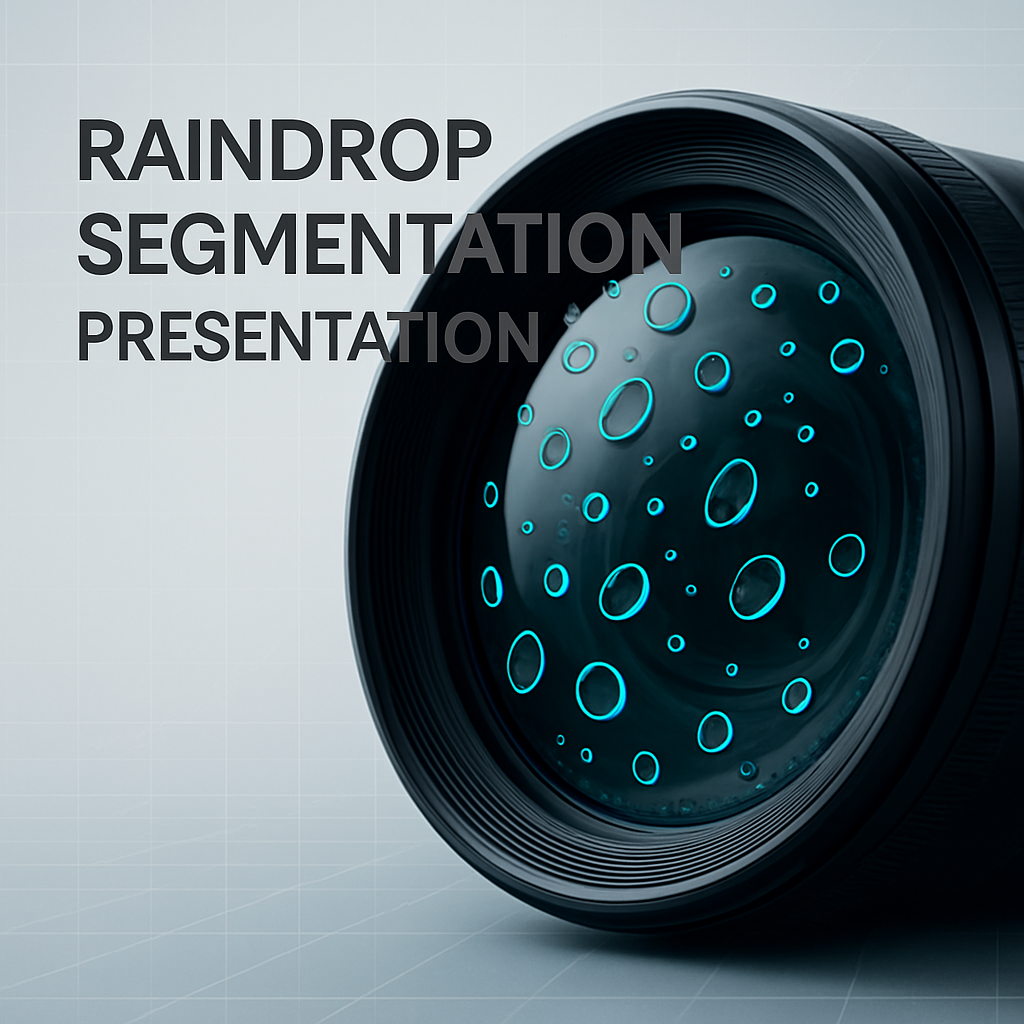This page summarizes my work developing a raindrop segmentation pipeline, from manual image labeling to training a custom U-Net model for automated detection. Some deliverables are currently restricted due to research confidentiality.

Formal Research Report
A detailed report on the development of a manual labeling tool with SAM2 integration, the construction of a mask dataset, and the first stages of automated model training for raindrop detection.

Research Presentation
A visual walkthrough of my project’s evolution, highlighting technical decisions, segmentation performance, and ongoing improvements like horizon-based data sampling.
I am actively involved in research focused on improving computer vision in challenging weather conditions. I developed an image segmentation application that identifies and masks raindrops on camera lenses, which strengthens the overall object detection pipeline used in our project. Each week, I meet with my professor and fellow researchers to collaborate on ongoing progress and new approaches, and I also work closely with our industry partner, Integer Technologies. Additionally, I participate in quarterly reviews with the Office of Naval Research (QPR meetings), where we present our results and align with long-term research goals. Through this work, I contribute directly to advancing real-world applications of AI by ensuring cleaner datasets that improve detection performance in rainy environments.
Due to internal review protocols and data classification policies, these materials are currently designated as Controlled Unclassified Information (CUI). They will be made publicly available upon completion of the project and final approval.